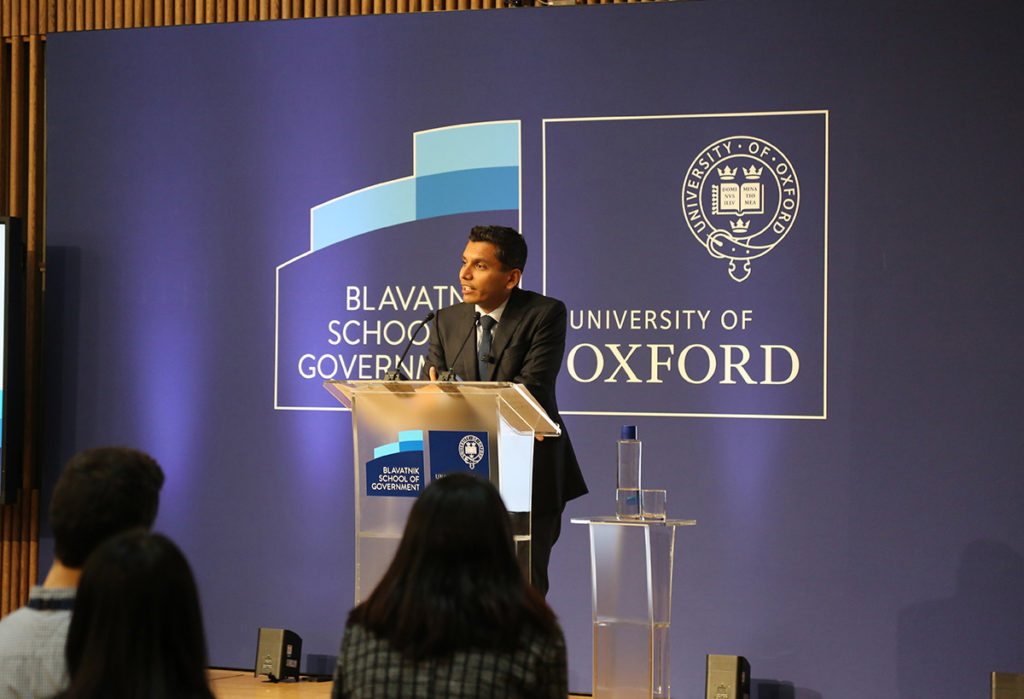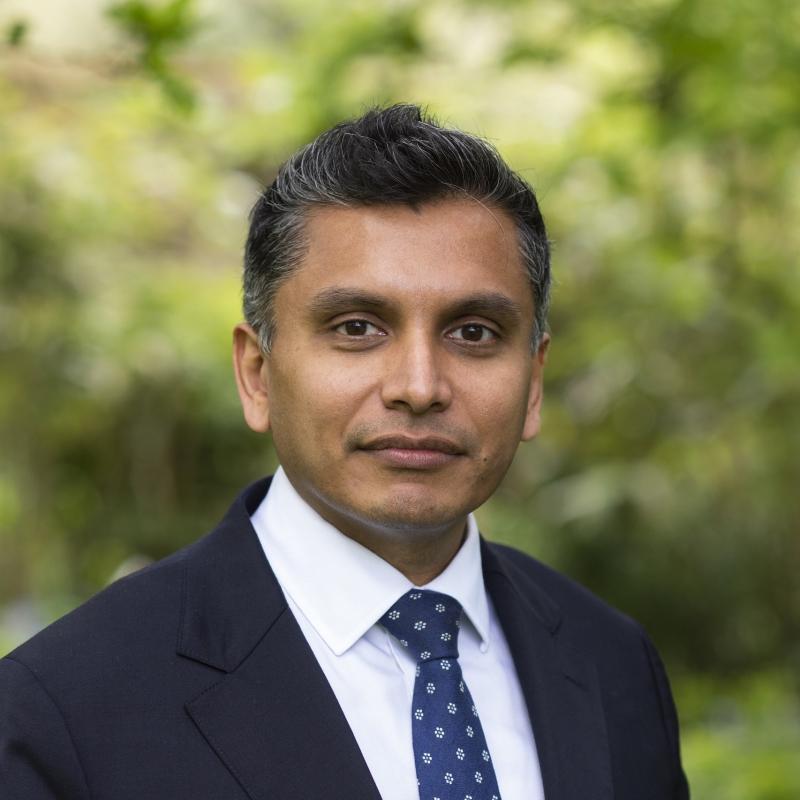Top five tips for effective case teaching
Make the most out of case teaching with these simple tips.

We use case studies in our Master of Public Policy teaching to move away from the purely theoretical and have students reflect on how they would behave in real-world scenarios, where decision-making is not black and white.
The case method requires a different approach to teaching than the usual lecture format. If you are new to the case method, here are some simple, easy-to-implement tips to help you make the most out of case teaching.
Establish clear learning objectives
Before you step into the classroom, you should be clear about what you want to achieve from the case discussion. Each case has its own unique learning objectives that should serve a specific purpose within the context of the course. What is the ‘aha moment’ you want students to experience? Knowing the learning objectives ahead of time will help you frame the content and keep the discussion on track.
Open with the point of ‘tension’ and use it to drive analysis
A difficult decision is at the heart of every good case discussion, creating the tension that enables debate in the classroom. From the very first question, you can use this tension to drive energy in the class and foster creative thinking. Depending on the case, you might want to open the class by asking students outright what they would do about the decision in the case, then use their responses to start to uncover the complexities in the case. Or you might use the opening question to ask students to tease out the tensions: What’s going on here? Why is this a difficult decision? After all, the decision specified in the case might not be the most difficult challenge facing the protagonist. Students have to analyse the situation to determine what is the problem they are actually trying to solve.
Guide the conversation by asking questions, not answering them
A good case discussion should be propelled by the participants, not the instructor. The instructor should come prepared with the scaffolding for the conversation: a clear opening to frame the discussion, key questions and transitions to manage the flow, and a summary to wrap-up the central lessons. The rest of the conversation should be led by the students, at their pace and shaped by their lived experiences. Your role as the instructor is to listen for core ideas, link students’ comments to one another and to the learning objectives, and probe responses for clarity, consistency, and depth. Listening, not lecturing, should be your default mode.
Manage the classroom dynamic towards constructive dialogue
While a case discussion is participant-led, instructors play a vital role in orchestrating the classroom to create an effective learning experience. As the instructor, you should be sure to solicit new voices throughout the discussion; it’s important to hear as many opinions and perspectives as possible. You can use cold calls as needed, or try warm calls where you prompt a student in advance to prepare to answer a question. Paired or small-group work also gives more students the opportunity to express their views. Throughout the discussion, encourage an environment for constructive debate and experimentation. You can frame the case decision as a problem for students to solve together, not an argument to be won.
Set standards for excellence
One of the values of the case method is that it allows students to learn from their peers. Since cases rely on thoughtful participation and active listening, the instructor should set a standard for excellence in the classroom. You should ensure that students come to class fully prepared (having read and reflected on the case problem), and you should encourage students to prioritise quality of their engagement over quantity. The majority of the time students should expect to be actively listening to their peers; not only does this enhance communication and understanding, but it also ensures the conversation stays on course. In the first case session with a new cohort, you might want to outline these expectations explicitly. Over the course of a term, though, these community standards and commitments should become the norm through mutual reinforcement.
Karthik Ramanna is Professor of Business and Public Policy and director of the Case Centre on Public Leadership at the Blavatnik School. Sarah McAra is senior case writer at the Blavatnik School’s Case Centre on Public Leadership.
This blog was adapted from our background note, Karthik Ramanna and Oenone Kubie, ‘Building better judgement amongst policymakers using the case-study method’, Blavatnik School of Government, 2020.
Using our cases
If you would like to learn more about using the case method in public policy teaching, you can access our background notes, How to write case studies for public policy education and Building better judgement amongst policymakers using the case-study method on the Case Centre.


